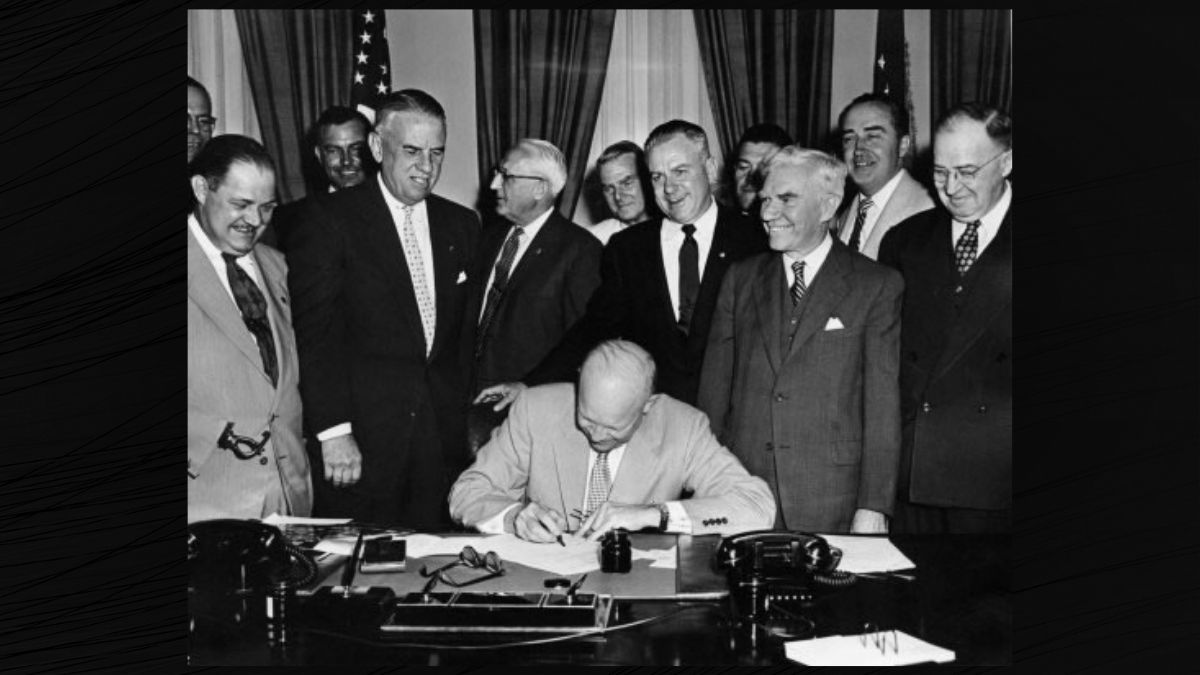On Nov. 11, 2021, the United States marks another Veterans Day, which celebrates the people who fought in the U.S. military over the course of the nation's history. In 1954, U.S. President Dwight D. Eisenhower declared that Nov. 11 would be the first Veterans Day honoring Americans who fought in all the wars. But Nov. 11 was already celebrated prior to that for a range of reasons.
The holiday was originally marked as Armistice Day in the U.S. and around the world, with memorials and celebrations to mark the end of fighting in World War I. While the war officially ended when the Treaty of Versailles was signed on June 28, 1919, cessation of hostilities actually took place on the 11th hour, of the 11th day, of the 11 month, in 1918. Nov. 11, 1918, is regarded as the end of "the war to end all wars."
The earliest ceremonies memorializing the people who fought and died in World War I took place on Nov. 11:
In 1921, an unknown World War I American soldier was buried in Arlington National Cemetery. This site, on a hillside overlooking the Potomac River and the city of Washington, D.C., became the focal point of reverence for America's veterans.
Similar ceremonies occurred earlier in England and France, where an unknown soldier was buried in each nation's highest place of honor (in England, Westminster Abbey; in France, the Arc de Triomphe). These memorial gestures all took place on November 11, giving universal recognition to the celebrated ending of World War I fighting at 11 a.m., November 11, 1918 (the 11th hour of the 11th day of the 11th month). The day became known as "Armistice Day."
According to the U.S. Department of Veteran's Affairs:
Armistice Day officially received its name in America in 1926 through a Congressional resolution. It became a national holiday 12 years later by similar Congressional action. If the idealistic hope had been realized that World War I was "the War to end all wars," November 11 might still be called Armistice Day. But only a few years after the holiday was proclaimed, war broke out in Europe. Sixteen and one-half million Americans took part. Four hundred seven thousand of them died in service, more than 292,000 in battle.
The term "Veterans Day" was first used to designate a celebration in Alabama in 1947:
The first celebration using the term Veterans Day occurred in Birmingham, Alabama, in 1947. Raymond Weeks, a World War II veteran, organized "National Veterans Day," which included a parade and other festivities, to honor all veterans. The event was held on November 11, then designated Armistice Day. Later, U.S. Representative Edward Rees of Kansas proposed a bill that would change Armistice Day to Veterans Day. In 1954, Congress passed the bill that President Eisenhower signed proclaiming November 11 as Veterans Day. Raymond Weeks received the Presidential Citizens Medal from President Reagan in November 1982. Weeks' local parade and ceremonies are now an annual event celebrated nationwide.
A 1968 law switched the date of the holiday to the fourth Monday in October, but by 1978, the country went back to observing it on Nov. 11, since the date continued to have a lot of significance for veterans and Americans.
